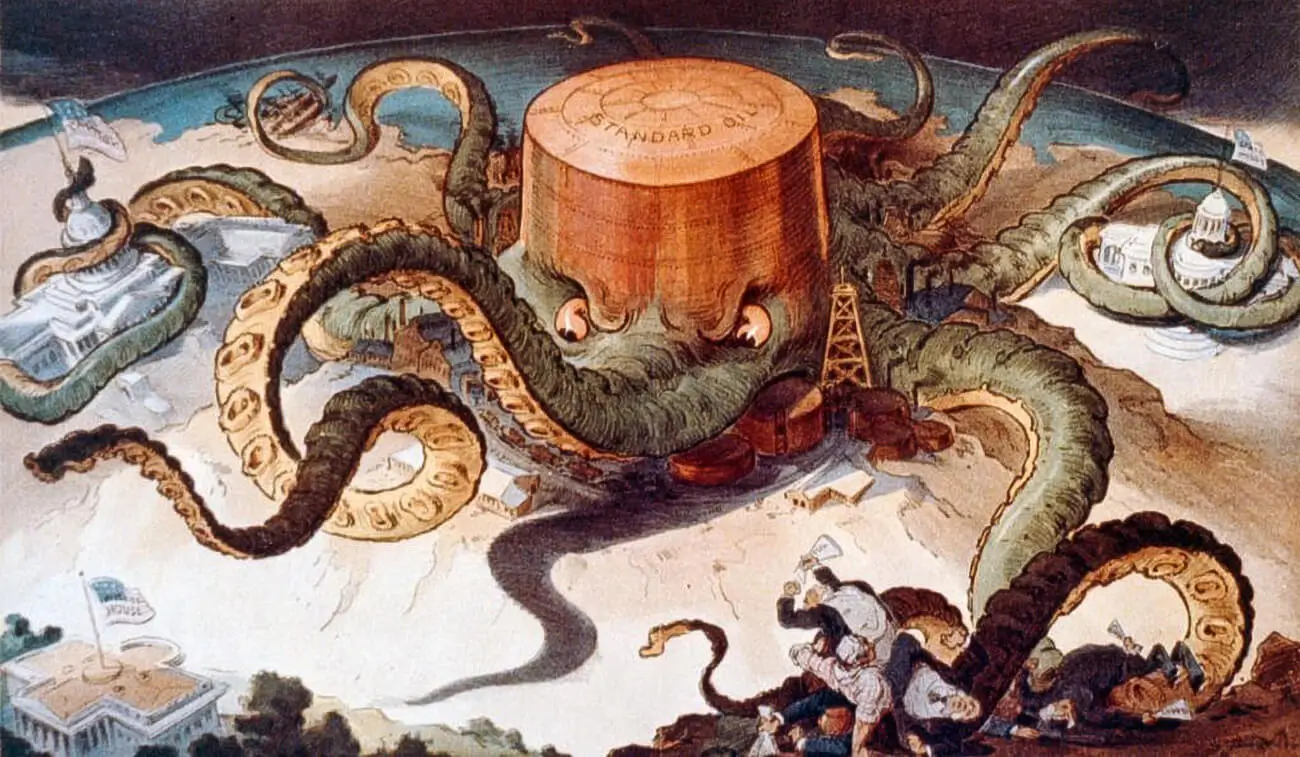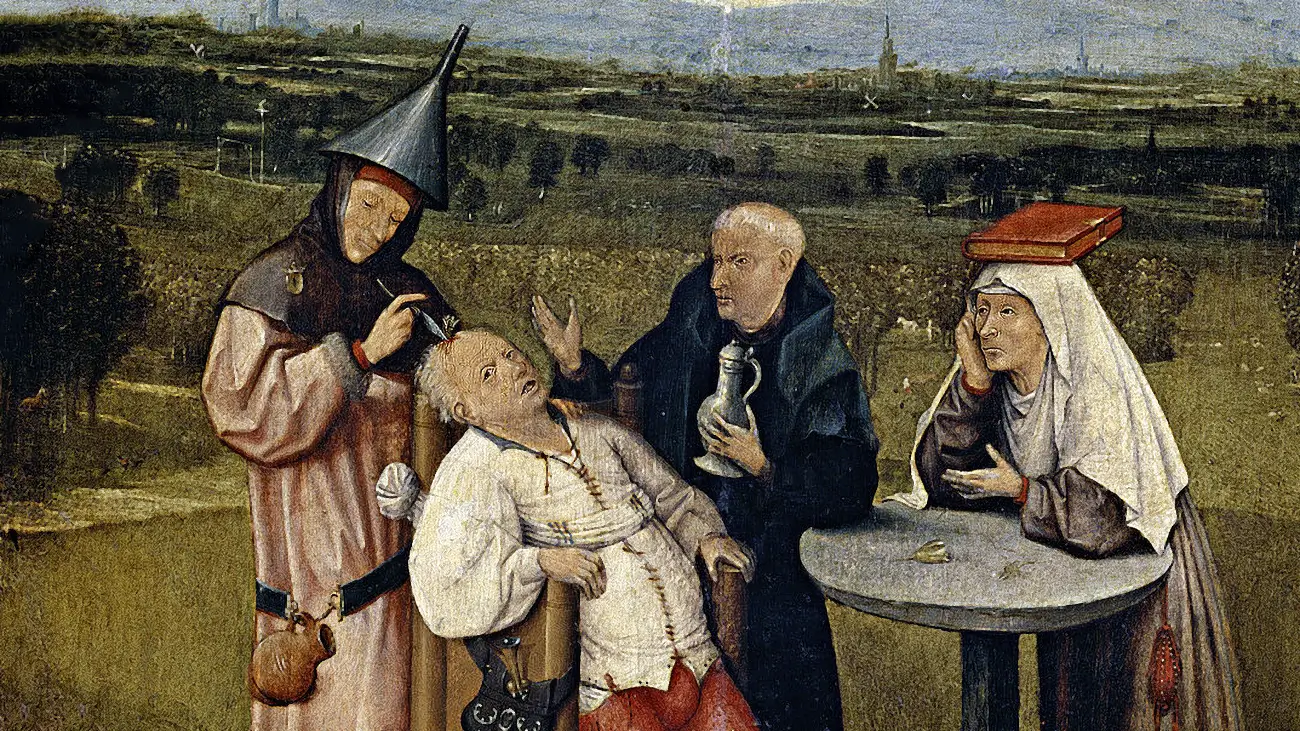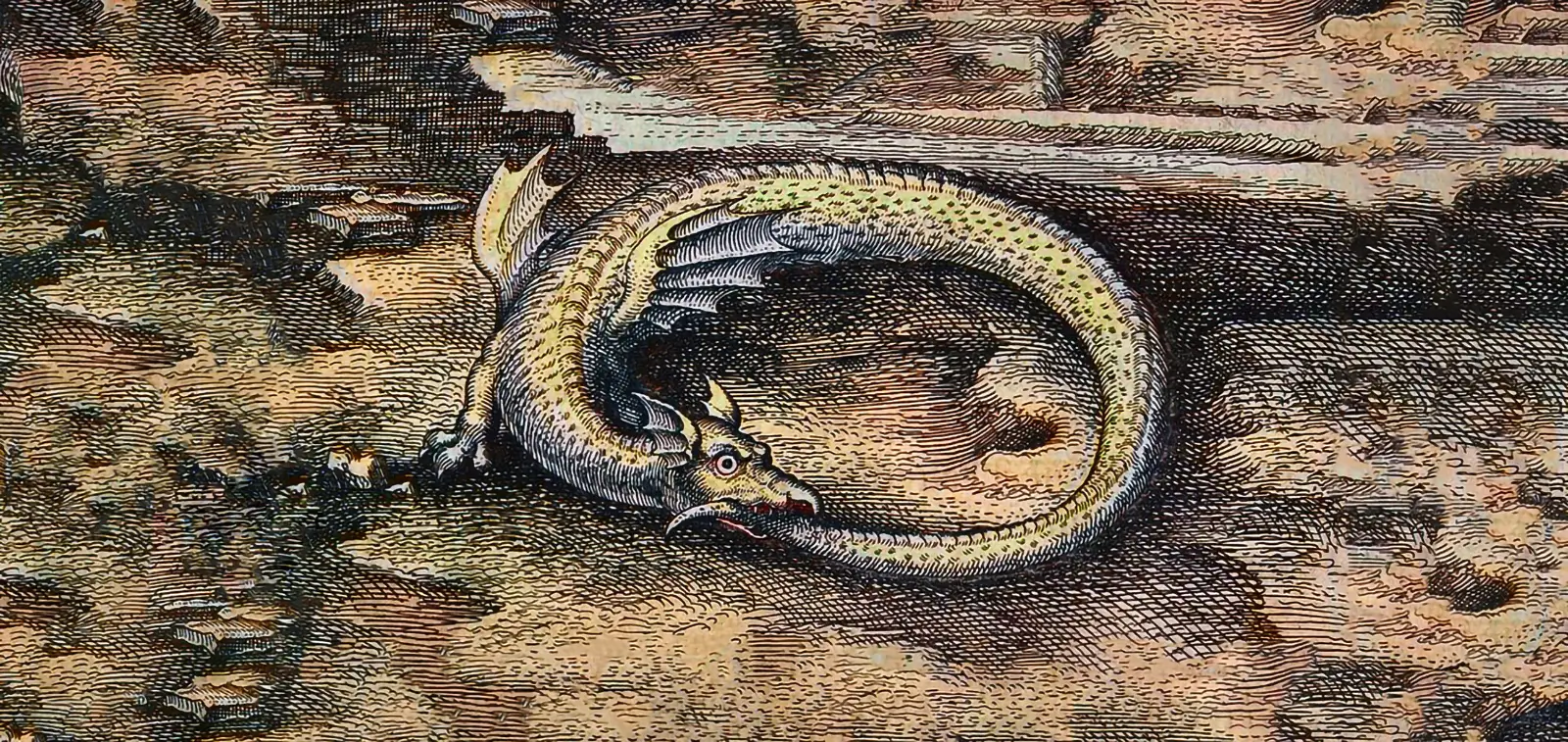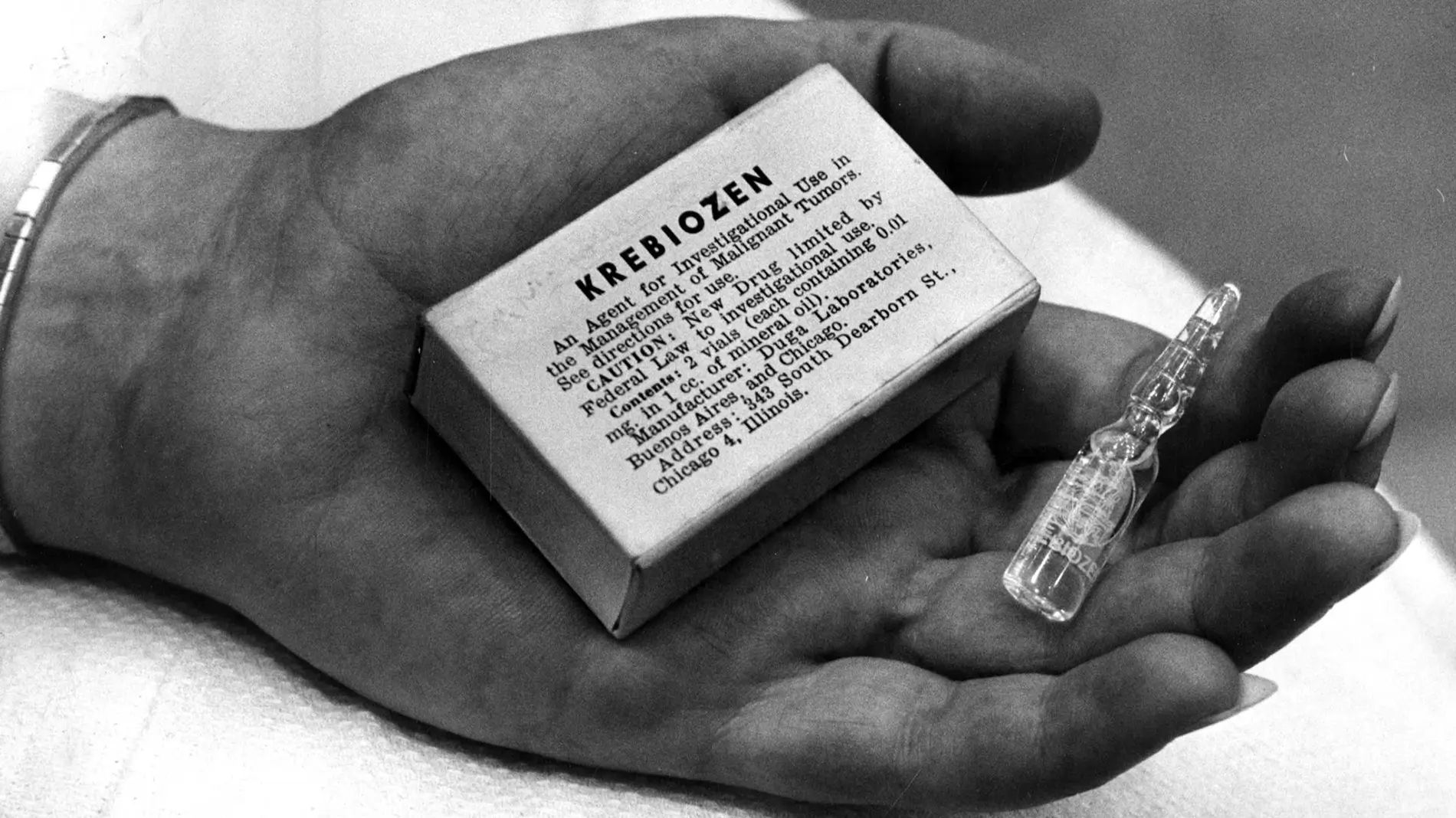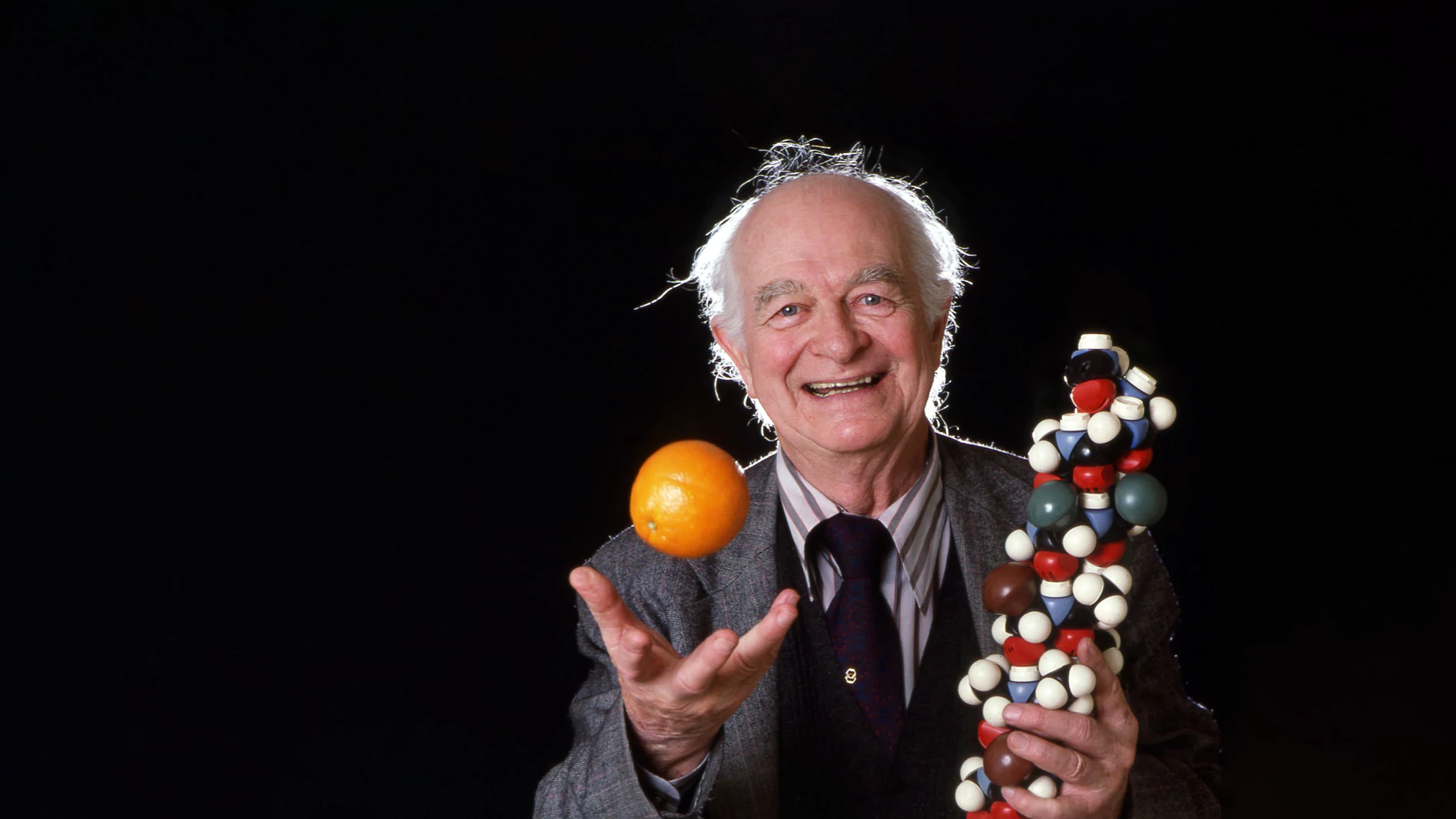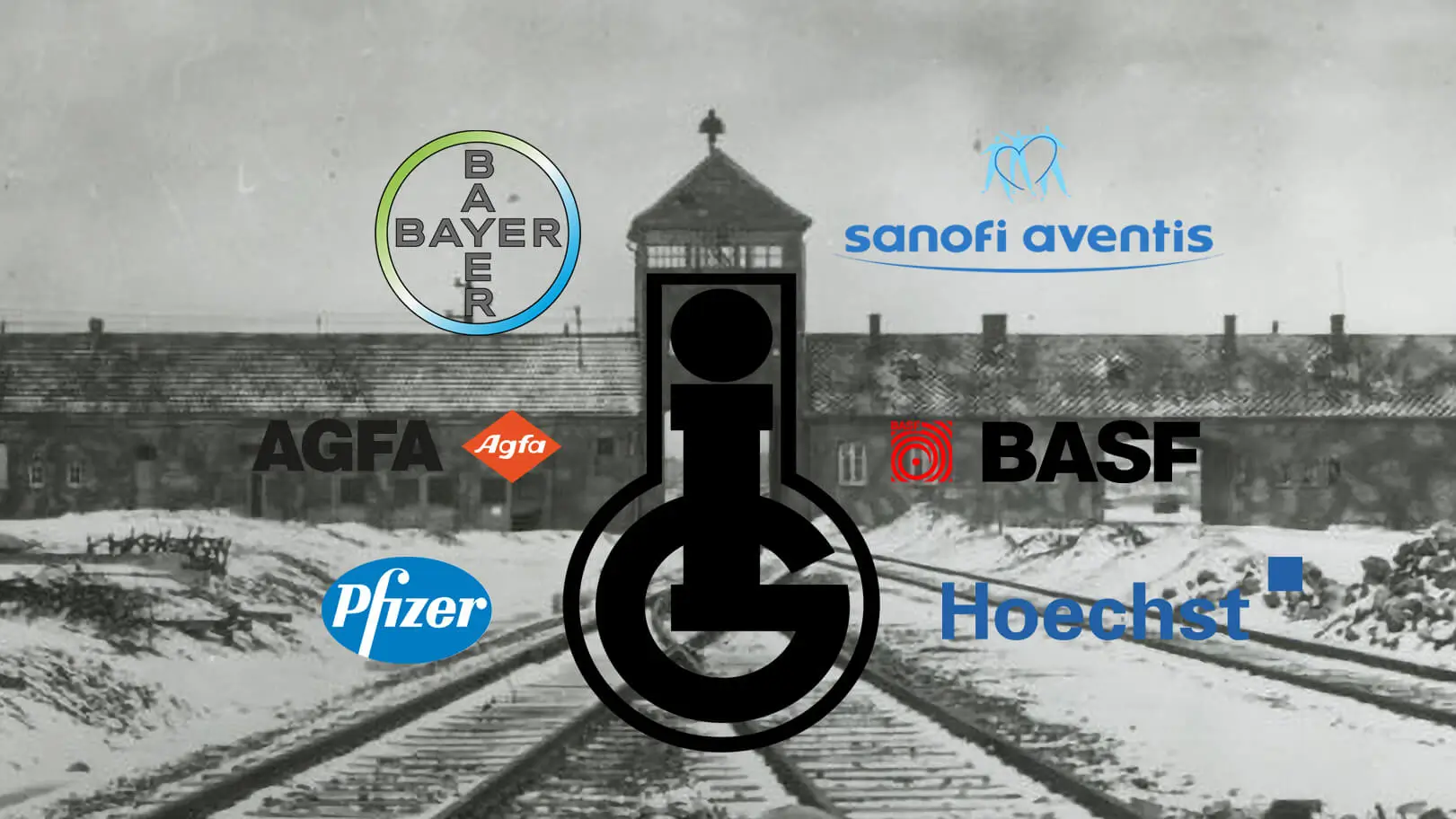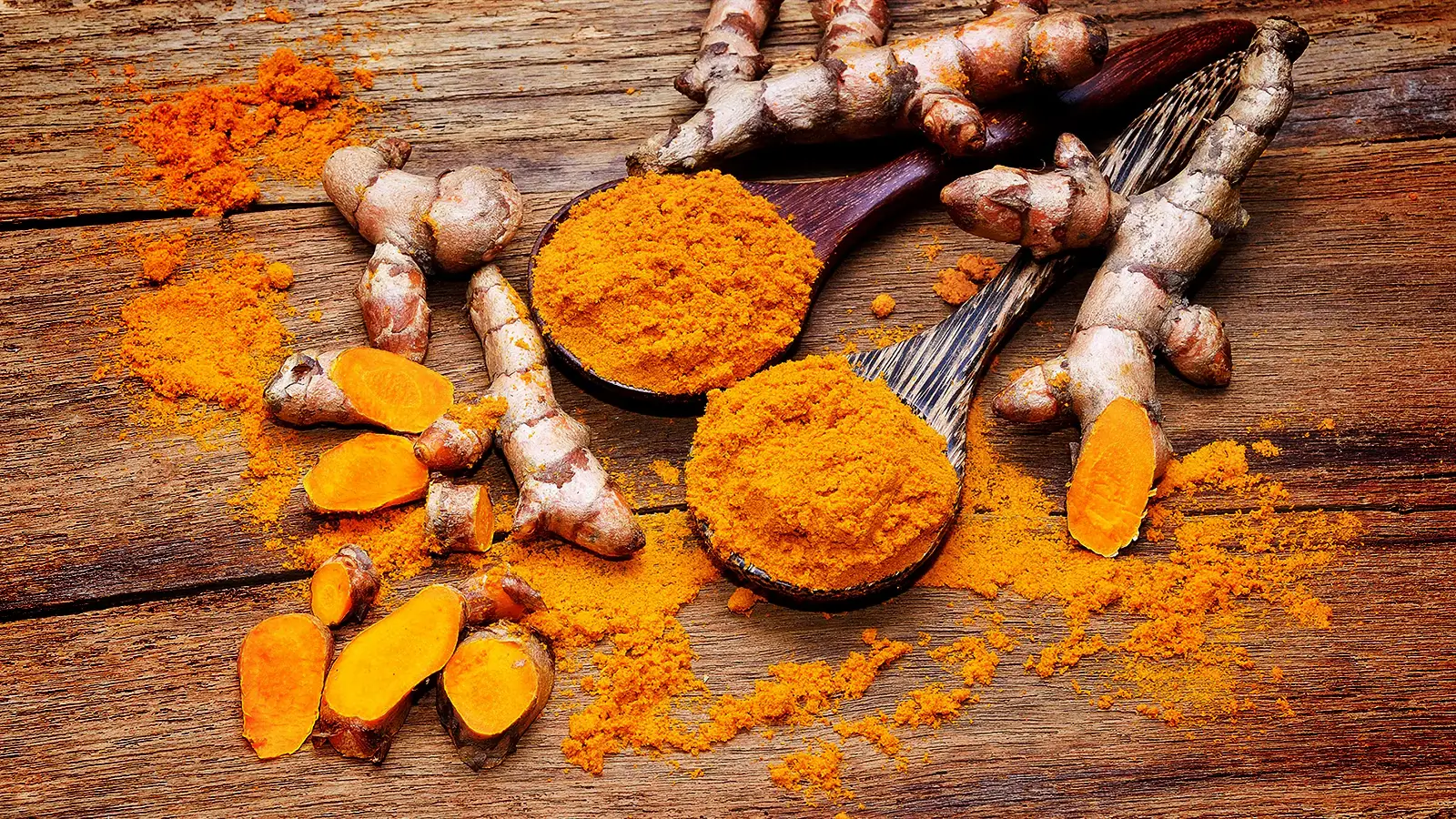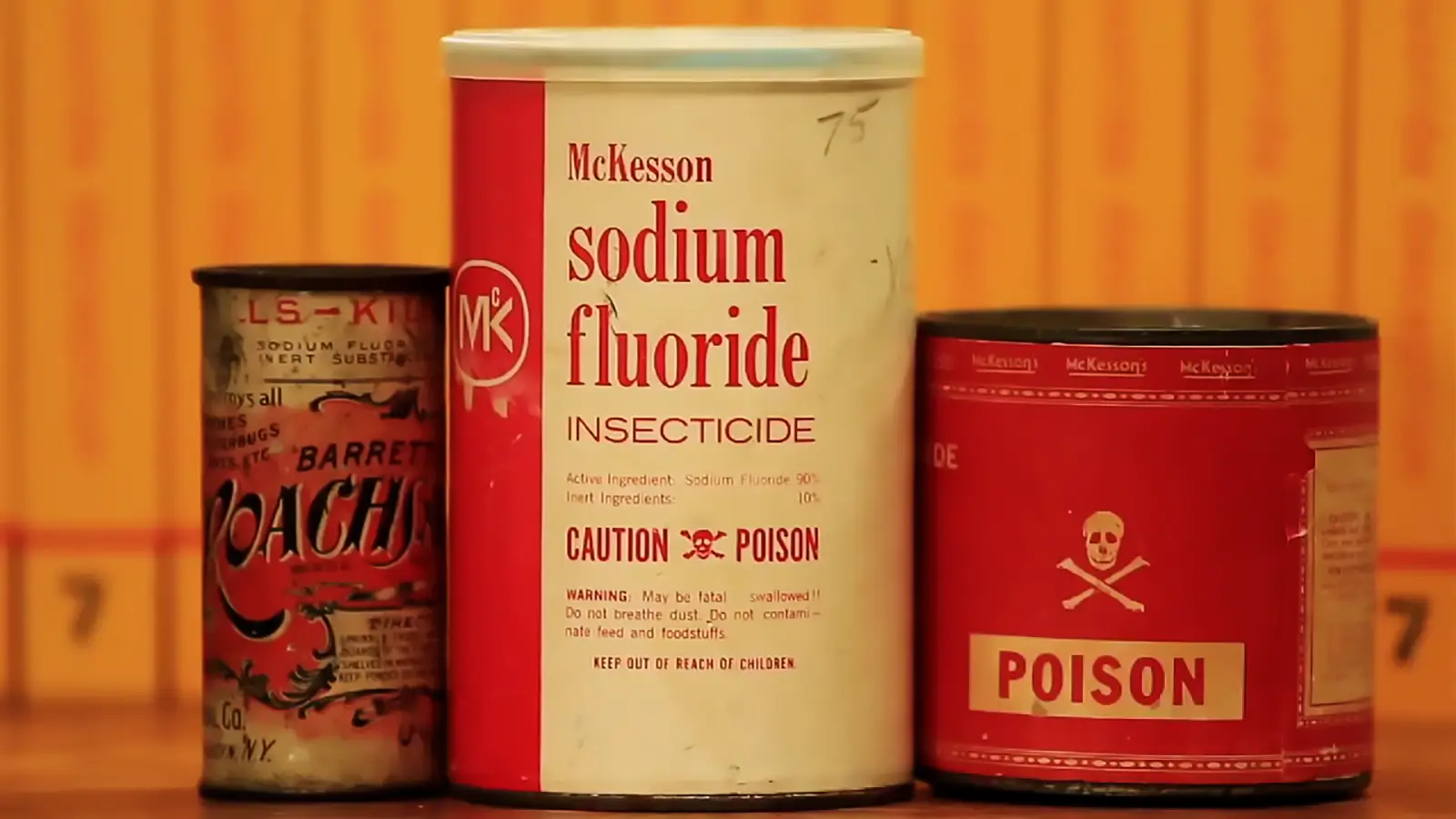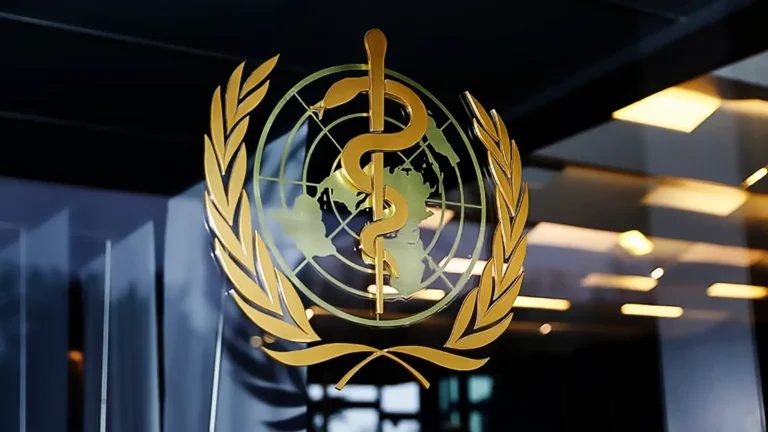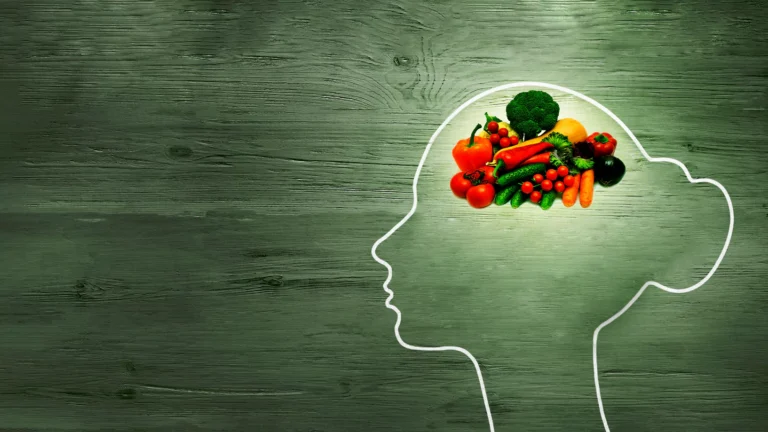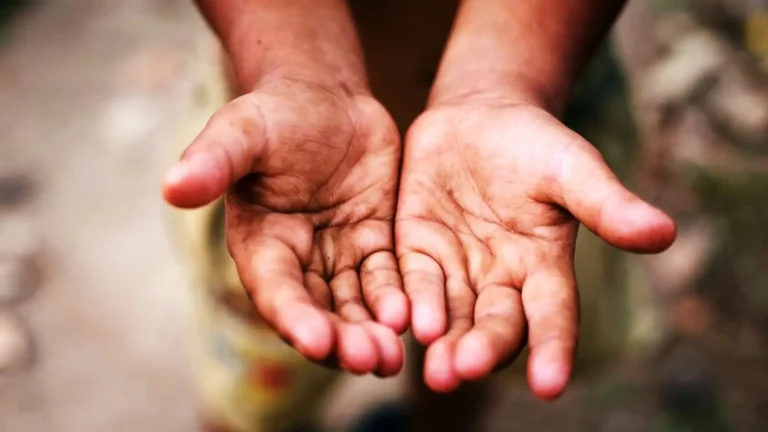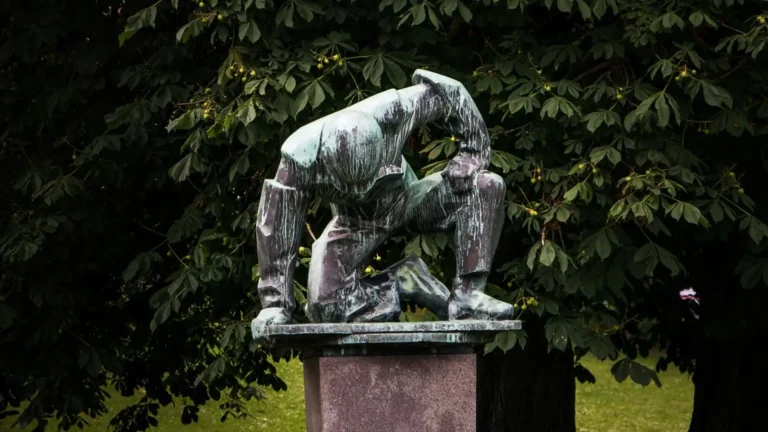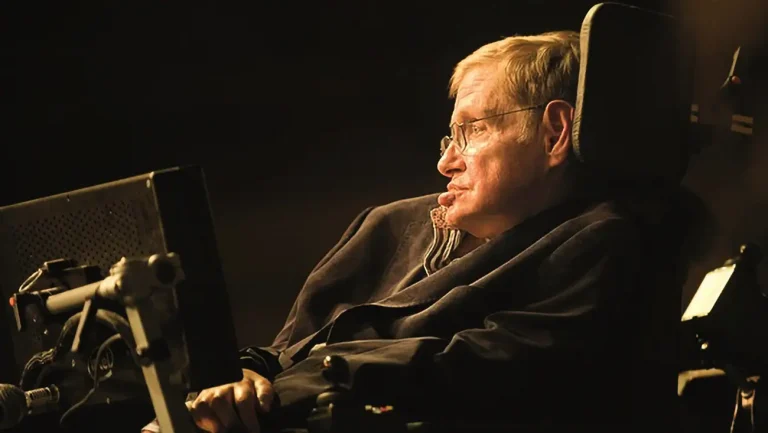Cancer, les Remèdes Interdits - ESSIAC
Essiac est bon marché. Essiac est non toxique. Essiac est efficace. Essiac ne peut pas être breveté.
Milos Pokimica
Écrit par : Milos Pokimica
Examiné Médicalement Par : Dr. Xiùying Wáng, M.D.
Updated mai 28, 2023La vérité est fausse. C'est le double langage orwellien. Les liens entre l'industrie pharmaceutique, les élitistes du cartel bancaire qui possèdent cette industrie, les établissements médicaux et les gouvernements ont poussé l'agenda non seulement à gagner plus d'argent, mais à régir la condition humaine dans son ensemble. Aujourd'hui, il est allé si loin qu'il est poussé sous l'égide de l'ONU.
L'un des aspects terre-à-terre et pas si "philosophique" de l'agenda est la destruction systématique de l'industrie des soins de santé naturels et l'accès aux suppléments naturels comme coup de grâce dans une guerre contre les plantes qui dure depuis plus de 100 ans. Et ce ne sont pas seulement les plantes qui posent problème parce qu'elles ne peuvent pas être brevetées. Ce n'est pas une question d'argent. Il est plus que cela. Tout vrai remède qui détruit la maladie à sa racine n'est pas quelque chose que l'industrie veut, même s'il peut être breveté. Ils ne veulent pas de remèdes, ils veulent juste des traitements qui peuvent prolonger un peu la vie. Regardons des exemples concrets.
En 1922, dans une petite ville du nord de l'Ontario, des rumeurs ont commencé à circuler au sujet d'un thé anticancéreux provenant des forêts de l'Ontario. La tribu canadienne des Ojibwa utilisait à l'origine un mélange. Les Indiens appelaient ce mélange le "thé de la vie". Un jour fatidique de 1922, René Caisse, infirmier canadien spécialisé dans le traitement du cancer, remarque un tissu cicatriciel sur le sein d'une femme anglaise âgée.
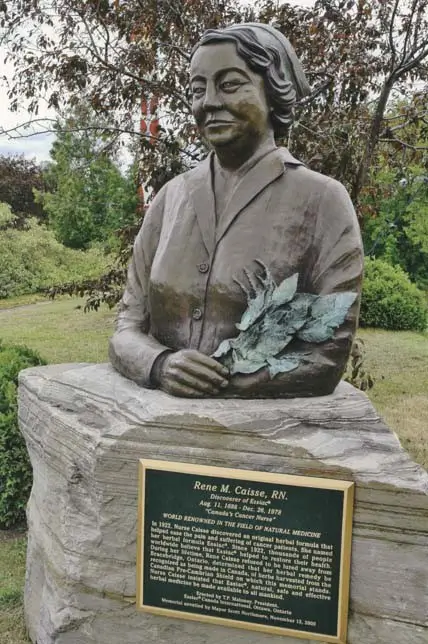
Un cancer du sein lui avait été diagnostiqué 30 ans auparavant et elle l'a guéri naturellement, sans intervention chirurgicale, ce qui ne devrait pas être possible, même aujourd'hui. Cette femme n'avait tout simplement pas l'argent nécessaire. Elle a rencontré un guérisseur indien qui lui a dit que la tradition de sa tribu permettait de guérir la maladie avec du thé.
Eh bien, la femme n'avait rien à perdre. Alors elle a essayé le thé, et ça a marché pour elle. Elle était encore en vie 30 ans plus tard lorsque l'infirmière Caissie l'a examinée.
Elle a également indiqué à l'infirmière les ingrédients du remède à base de plantes. Un an plus tard, l'infirmière Caissie n'avait toujours rien fait au sujet de la tisane dont elle lui avait parlé, mais un médecin local, lors d'une promenade, lui a dit que si le monde utilisait une herbe qu'ils venaient de passer, il n'y aurait plus de cancer du sein. Il s'agissait de l'une des plantes médicinales contenues dans la tisane du médecin indien.
La "mauvaise herbe" était de l'oseille.
En 1924, elle a décidé de tester le thé sur sa tante. Cette dernière n'avait rien à perdre car elle souffrait d'un cancer de l'estomac et la médecine conventionnelle de l'époque lui donnait environ six mois à vivre. Elle a vécu 21 ans de plus, sans cancer. René Caisse (prononcé "Reen Case") a ensuite donné le thé à sa mère de 72 ans à qui on avait diagnostiqué un cancer du foie inopérable et qui n'avait plus que quelques semaines à vivre. Sa propre mère a guéri et a vécu sans cancer pendant 18 ans. Après ces événements, l'infirmière Caisse décide de quitter l'hôpital et commence à soigner les gens avec un mélange d'herbes qui sera connu sous le nom d'Essiac, qui est son nom de famille épelé à l'envers.
Bientôt, la voix s'est répandue et le nombre de patients a commencé à augmenter. Lorsque le Dr Bestida de Bracebridge, en Ontario, a envoyé à Cassie son patient Bert Rosin, elle l'a guéri et le dr. Bestida s'est présentée devant le conseil municipal et un maire et les a persuadés de donner à Nurse Caisse le bâtiment en tant que clinique. Ils ont donc créé la clinique parce que Cassie a fait une grande découverte et ils voulaient qu'elle soit soutenue par sa propre ville natale.
Elle y a soigné pendant huit ans et demi des patients qui affluaient de toutes parts. Elle traitait environ six cents patients par semaine, et la seule façon dont elle était autorisée à le faire était gratuitement, et elle devait avoir un diagnostic de médecin pour chaque cas qu'elle traitait. Imaginez maintenant que nous imposions les mêmes règles à l'industrie du cancer d'aujourd'hui.
Cependant, c'est un certain Dr Leonardo de Buffalo, qui avait immédiatement reconnu le potentiel de ce remède contre le cancer, qui l'a prévenue de ce qui allait se passer. Chirurgien cancérologue, il a demandé à pouvoir se rendre à la clinique et examiner les patients pour se rendre compte par lui-même. Après l'avoir constaté, il a dit à Cassie qu'elle l'avait (le remède), mais que le corps médical ne l'autoriserait jamais à le faire. Quelque temps après sa visite, un petit groupe de mystérieux "entrepreneurs" se présente et propose à Cassie une petite somme d'un million de dollars pour la formule secrète. À l'époque, un million était une grosse somme d'argent. L'équivalent de 20 millions aujourd'hui. Aujourd'hui, nous pouvons considérer qu'il s'agit d'un pot-de-vin pour qu'elle se tienne tranquille et aille prendre sa retraite dans un endroit chaud et agréable. Ce que ces personnes n'étaient pas prêtes à garantir, c'est que son remède serait mis gratuitement à la disposition des personnes qui en avaient besoin. Ils voulaient simplement que la formule et elle disparaissent. La seule raison pour laquelle nous sommes au courant de cette histoire aujourd'hui et que vous pouvez la lire, c'est parce qu'elle a refusé. Elle était émotive et non pragmatique. Elle soignait les gens gratuitement dans sa clinique. Auriez-vous refusé une telle offre ? Qui, dans son esprit, l'aurait fait ? Combien d'autres cures ont été supprimées par cette forme de corruption, sans que nous le sachions, et sans que nous le sachions jamais ?
En 1938, son cas a été soumis à la législature pour déterminer le statut juridique de l'Essiac. Elle essayait de légaliser son traitement. Ses patients ont recueilli 55 000 signatures pour une pétition. Un projet de loi a été présenté à la législature de l'Ontario pour (prétendument) "autoriser René Caisse à pratiquer la médecine dans la province de l'Ontario pour le traitement du cancer et des affections qui y sont liées". Le projet de loi n'est pas adopté. La colère de l'opinion publique a entraîné la création d'une commission sur le cancer chargée d'enquêter sur les remèdes de Rene Caisse, mais cette commission a été rejetée. René Caisse traitait ses patients sous la supervision de nombreux médecins. Certains de ces médecins ont vu de leurs propres yeux ce que ce thé pouvait faire, et huit d'entre eux ont signé une pétition adressée au ministère de la Santé nationale et du Bien-être social à Ottawa, demandant que l'infirmière Caisse ait les moyens de mener des recherches indépendantes sur sa découverte. Au départ, René n'était pas conscient du contrôle que l'industrie médicale/pharmaceutique exerçait sur les gouvernements. Après la remise de la pétition, elle est continuellement menacée d'arrestation jusqu'à ce qu'elle se retire de la scène publique. Elle a continué à travailler dans sa clinique aussi longtemps qu'elle le pouvait, jusqu'à ce qu'ils empêchent les médecins de donner le diagnostic et qu'elle soit obligée d'arrêter. Les patients continuaient à venir et, dans certains cas, la suppliaient de les traiter, mais elle ne pouvait pas le faire sans diagnostic, car elle aurait été jetée en prison pour une longue période. Elle a fait une dépression nerveuse et a fermé la clinique.
Essiac était bon marché. Essiac n'est pas toxique. L'Essiac ne peut pas être breveté.
Elle a refusé le pot-de-vin.
Dans le monde normal, une telle découverte serait accueillie à bras ouverts et des recherches approfondies seraient menées pour voir quelle est la voie de la suppression du cancer. Dans ce monde plein de corruption, des choses comme celle-ci sont étiquetées comme fausses et dangereuses et dans ce cas, les médias de masse appartenant à des entreprises ne pourraient pas diaboliser l'infirmière Cassie car elle n'a pas facturé d'argent pour le traitement. Alors ils ont simplement abattu la clinique et l'ont étiquetée comme un faux remède contre le cancer que les gens devraient éviter sans aucune recherche. A cette époque, elle avait un diagnostic de médecins réguliers. Elle avait des découvertes pathologiques et des milliers de patients vivants qui ont été renvoyés des hôpitaux réguliers et renvoyés chez eux pour mourir. Ils sont allés la voir dans les derniers stades du cancer et ont vécu après que la profession médicale les ait abandonnés.
À ce jour, l'American Cancer Society déclare que :
"L'examen des dossiers médicaux des personnes qui ont été traitées avec Essiac ne permet pas d'affirmer que ce produit aide les personnes atteintes d'un cancer à vivre plus longtemps ou qu'il soulage leurs symptômes" et la FDA a décrit Essiac comme une "fausse 'cure' contre le cancer que les consommateurs devraient éviter".
Cancer Research UK remarque également que :
" Il n'existe aucune preuve scientifique que l'Essiac peut aider à traiter le cancer ou à en contrôler les symptômes" et prévient même que : "L'Essiac peut interagir avec certains types de traitement contre le cancer, il est donc très important d'informer votre médecin si vous envisagez de prendre de l'Essiac".
Après s'être remise de sa dépression, elle a recommencé à brasser le mélange de plantes dans sa propre cave et a soigné un petit nombre de patients. Bientôt, le gouvernement recommence à la harceler et la fait arrêter à plusieurs reprises. Mais l'histoire s'est répandue et le médecin personnel de JFK, le Dr Charles Brusch, qui était aussi son ami proche et qui se soignait lui-même avec Essiac lorsqu'il luttait contre le cancer, lui a envoyé une invitation à tester Essiac scientifiquement. Caisse a donné quelques échantillons d'Essiac au Dr Charles Brusch, qui était également le fondateur du Brusch Medical Center à Cambridge, Massachusetts, où des tests ont été effectués. Ces premiers tests scientifiques ont montré que l'Essiac n'était pas toxique et qu'il avait des effets positifs sur la suppression du cancer. À l'époque, le Dr Brusch a recommandé que l'Essiac fasse l'objet de tests de toxicité afin d'être approuvé par la FDA en tant que traitement possible du cancer.
Une fois que ce thé est arrivé au Sloan-Kettering Cancer Center, le processus s'est en quelque sorte enlisé. Un laboratoire du Memorial Sloan-Kettering Cancer Center a testé des échantillons d'Essiac (fournis par la Caisse) sur des souris dans les années 1970. Cette étude n'a jamais été officiellement publiée. Il existe une controverse sur les résultats. Il y a eu des retards inexplicables, et d'autres retards et processus n'ont jamais abouti. Le Sloan-Kettering Cancer Center est censé être l'un des plus importants centres de recherche sur le cancer aux États-Unis. Chester Stock, le codirecteur de Sloan-Kettering, interrogé par l'agence de presse, a déclaré que les résultats qu'il a rapportés montraient qu'il y avait un très petit pourcentage dans le petit groupe de régressions, mais ils n'ont jamais eu l'occasion de le confirmer et pour voir s'ils pouvaient obtenir de meilleurs résultats.
Donc, au final, Essiac n'a pas été approuvé par la FDA. La Caisse a refusé les offres des chercheurs du Memorial Sloan-Kettering et du US National Cancer Institute pour l'accès à la recette. Cela est allé si loin que les patients eux-mêmes ont commencé à s'organiser pour poursuivre le gouvernement et la FDA à plusieurs reprises. Ils croyaient qu'en vertu de la constitution, ils pouvaient mettre en eux-mêmes n'importe quelle substance qu'ils voulaient tant qu'ils ne présentaient aucun danger pour les autres et qu'aucune FDA ou qui que ce soit d'autre ne pouvait leur dire ce qu'ils pouvaient ou ne pouvaient pas utiliser dans leur propre corps, donc divers groupes de les patients se sont organisés et ont poursuivi la FDA pour leur avoir refusé une éventuelle guérison.
Les audiences du tribunal n'ont abouti à rien et, oui, les droits constitutionnels leur ont été refusés.
Le Dr Frederick Banting, codécouvreur de l'insuline, s'est intéressé à l'Essiac et a même offert à l'infirmière Caisse des installations de recherche pour effectuer des tests plus poussés, mais à ce moment-là, Rene avait déjà perdu sa volonté de se battre. La seule femme en qui René Caisse avait confiance pour l'aider à préparer le thé Essiac était sa meilleure amie, Mary McPherson. Selon le Dr Gary Glum, Mary avait promis à René de ne jamais partager la recette avec qui que ce soit. C'est un certain Dr Glum qui, en 1985, a acheté la formule pour $120 000 à l'un des anciens patients de Rene. Le Dr Glum aurait pu garder la formule secrète et devenir très riche en vendant des bouteilles d'Essiac. Cependant, il a généreusement mis la formule dans le domaine public en 1988. Dans un premier temps, il a proposé la formule sur une cassette vidéo dont il faisait la publicité dans son livre, mais les autorités fédérales ont saisi illégalement les cassettes avant qu'il ne puisse en vendre un très grand nombre. Le Dr Glum a distribué gratuitement la formule et la recette Essiac à toute personne qui lui en faisait la demande par courrier. Lorsque le Dr Glum a rencontré Mary McPherson à Bracebridge, en Ontario, et lui a expliqué ce qu'était la formule Essiac, elle a été plus que surprise. Selon le Dr Glum, Mary a fini par révéler la formule en 1994 parce qu'elle n'était plus un secret et qu'elle voulait mettre fin à la controverse sur la formule Essiac avant de mourir.
Par conséquent, le 23 décembre 1994, la formule et la recette "Essiac" sont officiellement entrées dans le domaine public avec l'enregistrement de la déclaration sous serment de Mary McPherson.
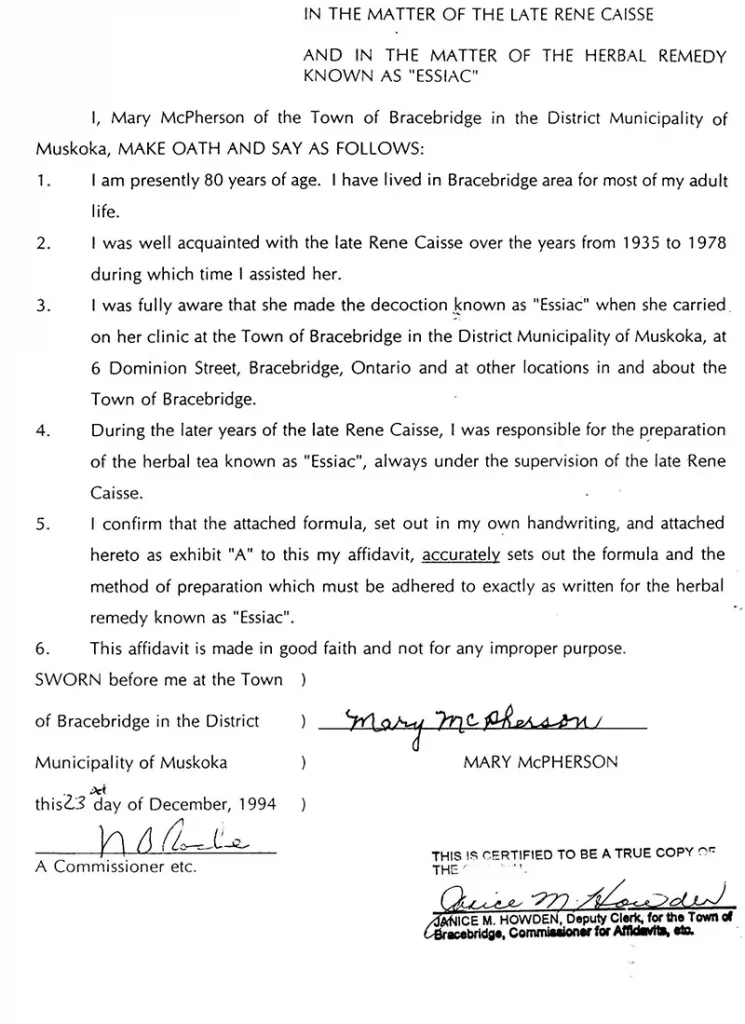
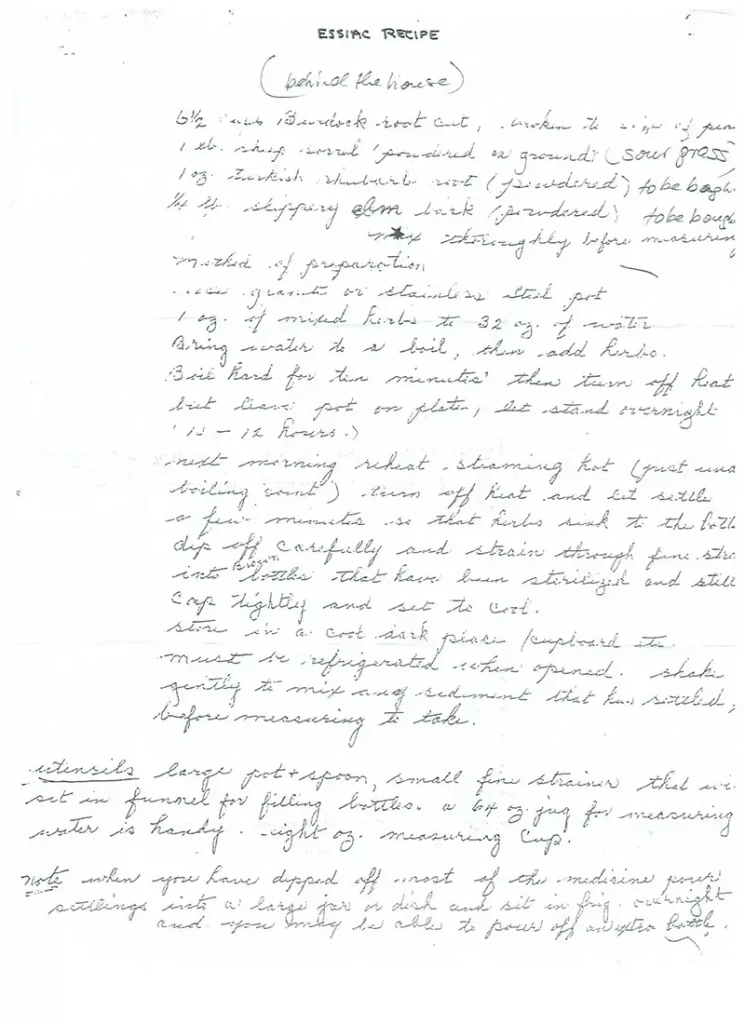
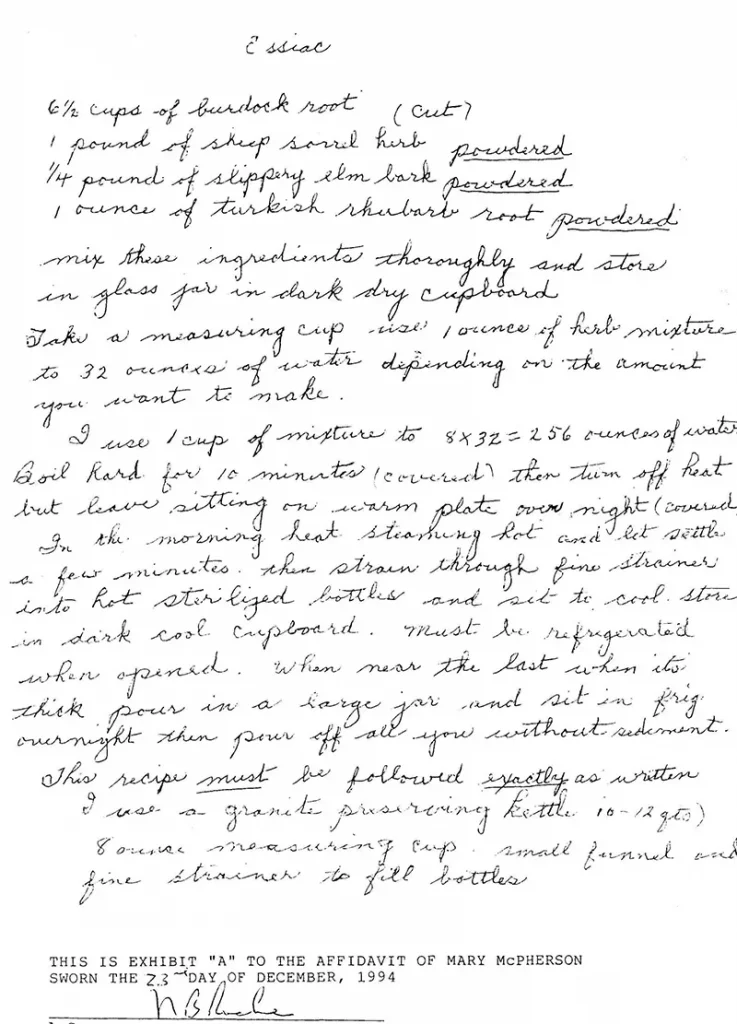
Essiac comprend un mélange de différentes herbes, y compris l'oseille de mouton (Rumex acetosella), qui s'est avérée plus tard la plus puissante. Puis aussi l'écorce interne de l'orme glissant (Ulmus fulva), la racine de bardane (Arctium lappa) et la rhubarbe turque (Rheum palmatum).
L'orme rouge est la seule plante Essiac originaire d'Amérique du Nord. La rhubarbe turque (Rheum palmatum) est originaire de Chine et du Tibet, et non du nord de l'Ontario. Il est donc peu probable qu'elle ait fait partie de la formule originale d'herbes indigènes de l'homme-médecine à la fin des années 1800. Il semble que la bardane et l'oseille aient été apportées d'Europe sur ce continent par les premiers colons, qui ont ensuite transmis leur connaissance de ces deux plantes aux tribus locales. La bardane et l'oseille se sont ensuite répandues dans toute l'Amérique du Nord, là où l'eau était suffisante. René Caisse a indiqué que l'oseille était l'une des premières herbes, et il semble donc que l'oseille ait migré vers les "terres sauvages du nord de l'Ontario" avant les années 1890. La bardane aurait également pu s'établir dans le nord de l'Ontario à cette époque. René Caisse estimait que l'oseille était la plante la plus active contre le cancer parmi toutes les plantes présentes dans sa formule. Le Dr Chester Stock partageait ce point de vue à Sloan-Kettering. Le Dr Stock a mené des études sur les bienfaits de l'oseille pendant plus de trois ans au milieu des années soixante-dix.
Herbe Volume Poids Forme Recette %
Racine de bardane coupe taille pois 53 %.
Brebis Oseille en poudre à 36 %.
Écorce d'Orme Rouge en poudre 9 %.
Racine de rhubarbe de dinde en poudre 2 %.
En 2012, une étude a été réalisée en Hongrie. Les résultats d'une étude menée en Hongrie ont été publiés et ont montré que l'herbe d'oseille de mouton et un certain nombre de ses parents d'oseille ont démontré une activité inhibitrice substantielle de la croissance cellulaire (au moins 50 % d'inhibition de la prolifération cellulaire) contre une ou plusieurs lignées cellulaires cancéreuses.
Marquez un pour les herboristes.
Une enquête réalisée en 2000 a révélé qu'environ 15% des femmes canadiennes atteintes d'un cancer du sein utilisaient l'Essiac. Il est également devenu populaire auprès des personnes atteintes de maladies immunitaires telles que le VIH et le diabète, ainsi qu'en tant que tisane ordinaire. Quelques mesures préventives chez les personnes soucieuses de leur santé. Les recherches menées depuis le décès de M. Caisse ont permis d'en savoir un peu plus.
Les herbes utilisées dans la fabrication d'Essiac possèdent antioxydant et des propriétés anticancéreuses, selon des recherches menées à l'Institut européen d'oncologie. Les résultats ont été publiés dans le numéro de mars 2006 du Journal of Ethnopharmacology. Les chercheurs ont découvert que quatre des herbes d'Essiac démontraient des pouvoirs naturels de protection contre le cancer.
Enfin, une recherche rapide dans les archives PubMed peut nous donner quelques études comme (Ottenweller et al., 2004). Ils ont examiné la lignée cellulaire cancéreuse et les cellules spléniques in vitro qui avaient été isolées de souris pour examiner les réponses de prolifération médiées par l'ajout d'un Essiac. Ils ont constaté une diminution de la prolifération des lignées cellulaires prostatiques transformées non cancéreuses et cancéreuses lorsque Essiac était présent dans le milieu de culture, ce qui signifie que le thé empêchait toutes les cellules de se diviser, mais le pourcentage d'inhibition des cellules cancéreuses était supérieur au pourcentage d'inhibition des cellules régulières. ce qui implique qu'Essiac peut avoir un effet sélectif supplémentaire sur les cellules cancéreuses. En plus de cela, les effets d'Essiac ont été mesurés dans un test de prolifération des lymphocytes T immunitaires. À faibles doses d'Essiac, une augmentation de la prolifération de ces lymphocytes T a été démontrée, mais à des doses plus élevées, Essiac était inhibiteur de la prolifération des lymphocytes T. Cela signifie qu'Essiac peut être capable d'inhiber la croissance des cellules tumorales tout en améliorant la réponse immunitaire. Cela peut être particulièrement important chez les personnes immunodéprimées. Comme dans le VIH.
Dans cette étude (Seely et al., 2007). Essiac a montré d'importantes antioxydant activité, ont montré des effets immunomodulateurs significatifs, en particulier par la stimulation de la phagocytose des granulocytes et l'inhibition modérée des voies inflammatoires. Essiac a présenté une cytotoxicité significative spécifique aux cellules vis-à-vis des cellules de carcinome épithélial ovarien (ce qui signifie qu'il tue le cancer). Ils ont conclu que cette étude était la première enquête complète sur les effets in vitro d'Essiac et que l'analyse in vitro d'Essiac indique propriétés antioxydantes et immunomodulatrices importantes, ainsi que la cytotoxicité spécifique des cellules néoplasiques (une cellule qui fait partie de la tumeur) (spécifique pour tuer uniquement les cellules cancéreuses) qui est cohérente avec les propriétés historiques attribuées à ce composé. Il y a aussi d'autres études qui n'ont rien trouvé et même une étude qui trouve un risque accru de cancer du sein (Kulp et al., 2006).
Donc, encore une fois, nous avons une science contradictoire. Cent ans après la première apparition de l'Essiac, nous n'avons toujours pas d'image claire. Dans un monde où des centaines de millions de dollars sont censés être dépensés chaque année pour la recherche sur le cancer (la raison pour laquelle tous ces médicaments contre le cancer coûtent si cher), il est difficile de faire un simple examen et recherche sur le thé. Ou tout autre examen pour des cures "alternatives" d'ailleurs.
La réponse de la FDA est que la raison pour laquelle elle ne teste pas ces produits est qu'elle ne veut pas donner de crédibilité aux charlatans. Et ils mentent. Elle ne veut pas donner aux "alternatives" la moindre chance de prouver leur efficacité parce qu'elles ne sont pas là pour vous protéger ou vous guérir.
Ils sont là pour protéger les grandes entreprises pharmaceutiques de Rockefeller. Il y a de nombreux cas à citer concernant les enquêtes du Congrès, je me suis contenté d'utiliser l'Essiac comme exemple. Si vous le souhaitez, vous pouvez lire les auditions de 1963 du sénateur Paul Douglas de l'Illinois sur le Krebiozen.
Références :
- Ottenweller, J., Putt, K., Blumenthal, EJ, Dhawale, S. et Dhawale, SW (2004). Inhibition de la prolifération des cellules cancéreuses de la prostate par Essiac. Journal de médecine alternative et complémentaire (New York, NY), 10(4), 687–691. https://doi.org/10.1089/acm.2004.10.687
- Seely, D., Kennedy, DA, Myers, SP, Cheras, PA, Lin, D., Li, R., Cattley, T., Brent, PA, Mills, E. et Leonard, BJ (2007). Analyse in vitro du composé à base de plantes Essiac. Recherche anticancéreuse, 27(6B), 3875–3882. [PubMed]
- Kulp, KS, Montgomery, JL, Nelson, DO, Cutter, B., Latham, ER, Shattuck, DL, Klotz, DM et Bennett, LM (2006). Les toniques à base de plantes Essiac et Flor-Essence stimulent la croissance in vitro des cellules cancéreuses du sein humain. Recherche et traitement du cancer du sein, 98(3), 249–259. https://doi.org/10.1007/s10549-005-9156-x
Articles Similaires
Vous avez des questions sur la nutrition et la santé ?
J'aimerais avoir de vos nouvelles et y répondre dans mon prochain post. J'apprécie votre contribution et votre opinion et j'ai hâte d'avoir de vos nouvelles bientôt. Je vous invite également à nous suivre sur Facebook, Instagram et Pinterest pour plus de contenu sur l'alimentation, la nutrition et la santé. Vous pouvez y laisser un commentaire et entrer en contact avec d'autres passionnés de santé, partager vos conseils et expériences, et obtenir le soutien et les encouragements de notre équipe et de notre communauté.
J'espère que ce billet a été instructif et agréable pour vous et que vous êtes prêt à mettre en pratique les connaissances que vous avez acquises. Si vous avez trouvé ce billet utile, veuillez le partager à vos amis et à votre famille qui pourraient également en bénéficier. On ne sait jamais qui peut avoir besoin de conseils et de soutien dans son parcours de santé.
– Vous pourriez aussi aimer –
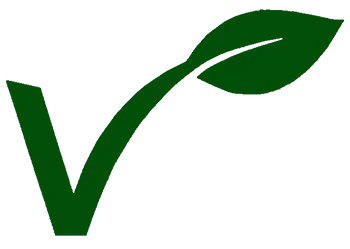
Apprendre la Nutrition
Milos Pokimica est docteur en médecine naturelle, nutritionniste clinique, rédacteur en santé médicale et nutrition et conseiller en sciences nutritionnelles. Auteur de la série de livres Devenir vegetarien ? Examen des sciences, il exploite également le site Web de santé naturelle GoVeganWay.com
Avis de non-responsabilité médicale
GoVeganWay.com vous propose des critiques des dernières recherches liées à la nutrition et à la santé. Les informations fournies représentent l'opinion personnelle de l'auteur et ne sont pas destinées ni implicitement à remplacer un avis médical professionnel, un diagnostic ou un traitement. Les informations fournies sont fournies à titre informatif uniquement et ne sont pas destinées à remplacer la consultation, le diagnostic et/ou le traitement médical d'un médecin ou d'un prestataire de soins de santé qualifié.NE JAMAIS IGNORER LES CONSEILS MÉDICAUX PROFESSIONNELS OU RETARDER LA RECHERCHE DE SOINS MÉDICAUX EN RAISON DE QUELQUE CHOSE QUE VOUS AVEZ LU OU ACCÉDÉ SUR GoVeganWay.com
N'APPLIQUEZ JAMAIS DE CHANGEMENTS AU STYLE DE VIE OU TOUT CHANGEMENT À LA SUITE DE QUELQUE CHOSE QUE VOUS AVEZ LU SUR GoVeganWay.com AVANT DE CONSULTER UN PRATICIEN MÉDICAL AGRÉÉ.
En cas d'urgence médicale, appelez immédiatement un médecin ou le 911. GoVeganWay.com ne recommande ni n'approuve aucun groupe, organisation, test, médecin, produit, procédure, opinion ou autre information spécifique pouvant être mentionné à l'intérieur.
Choix de l'éditeur -
Milos Pokimica est rédacteur spécialisé dans la santé et la nutrition et conseiller en sciences nutritionnelles. Auteur d'une série de livres Devenir vegetarien ? Examen des sciences, il exploite également le site Web de santé naturelle GoVeganWay.com
Derniers articles –
Top Des Nouvelles Sur la Santé - ScienceDaily
- AI found a way to stop a virus before it enters cellsle décembre 15, 2025
Researchers discovered a hidden molecular “switch” that herpes viruses rely on to invade cells. By combining AI, simulations, and lab experiments, they identified and altered a single amino acid that shut down viral entry. What once might have taken years was achieved far faster using computational tools. The findings open new possibilities for designing future antiviral treatments.
- New study shows some plant-based diets may raise heart disease riskle décembre 15, 2025
Researchers tracking over 63,000 adults found that high-quality, minimally processed plant foods significantly reduce cardiovascular risk. But when those plant foods are ultra-processed, the advantage disappears—and can even backfire. Some ultra-processed plant diets increased risk by 40%. The study urges a shift toward whole, naturally nutrient-rich plant foods.
- These simple habits could make your brain 8 years younger, study findsle décembre 15, 2025
New research shows that your brain’s “true age” can shift dramatically depending on how you live, with optimism, restorative sleep, stress management, and strong social support acting like powerful anti-aging tools. Using advanced MRI-based brain-age estimates, scientists found that people with multiple healthy lifestyle factors had brains up to eight years younger than expected — even among those living with chronic pain.
- Anxiety and insomnia linked to sharp drops in key immune cellsle décembre 15, 2025
Natural killer cells act as the immune system’s rapid-response team, but the stress of anxiety and insomnia may be quietly thinning their ranks. A study of young women in Saudi Arabia found that both conditions were linked to significantly fewer NK cells—especially the circulating types responsible for destroying infected or abnormal cells. As anxiety severity increased, NK cell levels dropped even further, suggesting a stress-driven weakening of immune defenses.
- Cannabis compounds show unexpected power against ovarian cancerle décembre 15, 2025
Scientists have discovered that key compounds from cannabis—CBD and THC—show surprisingly strong effects against ovarian cancer cells. Used together, they slow cell growth, reduce colony formation, and may even block the cancer’s ability to spread. Even more promising, the treatment caused minimal harm to healthy cells and appears to work by restoring a disrupted signaling pathway that fuels tumor growth.
- Mayo Clinic neurosurgeon reveals 8 back pain myths to stop believingle décembre 15, 2025
Back pain is wrapped in persistent myths, but many are far from the truth. From misconceptions about heavy lifting and bed rest to confusion over posture, exercise, and surgery, Dr. Meghan Murphy breaks down what really causes pain and what actually helps. Her insights reveal that everyday habits, movement, and smart prevention often make a bigger difference than people realize.
- Stem cell pain sponge soaks up osteoarthritis joint pain and protects cartilagele décembre 15, 2025
SereNeuro Therapeutics revealed promising results for SN101, a first-in-class iPSC-derived therapy designed to treat chronic osteoarthritis pain while protecting joint tissue. Instead of blocking pain pathways, SN101 uses lab-grown nociceptors that act like sponges, soaking up inflammatory pain factors without sending pain signals. These cells also release regenerative molecules, offering disease-modifying potential that stands apart from traditional corticosteroids and single-target drugs like […]
PubMed, #régime-vegan –
- Healthful and Unhealthful Plant-Based Diets and Their Association with Cardiometabolic Targets in Women Diagnosed with Breast Cancer: A Cross-Sectional Analysis of a Lifestyle Trialle décembre 11, 2025
CONCLUSIONS: Maintaining cardiometabolic risk factors within normal ranges is clinically relevant in BCS, and this may be more likely when a plant-based diet is consumed, especially if low in unhealthy plant foods.
- Dietary and Lifestyle Patterns and Their Associations with Cardiovascular and Inflammatory Biomarkers in Vegans, Vegetarians, Pescatarians, and Omnivores: A Cross-Sectional Studyle décembre 11, 2025
Background: Plant-based diets are associated with reduced cardiometabolic risk, yet the influence of lifestyle behaviors on these benefits remains insufficiently understood. Objective: To assess the combined impact of dietary patterns and lifestyle behaviors on body composition, lipid profiles, and inflammatory biomarkers in healthy young adults. Methods: In this cross-sectional study, 155 participants aged 18-39 years were categorized into four dietary groups: vegans (n = 48), vegetarians (n […]
- Functional and Nutritional Properties of Lion’s Mane Mushrooms in Oat-Based Desserts for Dysphagia and Healthy Ageingle décembre 11, 2025
Hericium erinaceus (Lion’s Mane mushroom) is a medicinal species recognised for its neuroprotective and antioxidant properties. This study investigated its potential as a functional ingredient in oat milk-based desserts formulated for individuals with dysphagia. Freeze-dried Lion’s Mane powder (LMP), containing high-quality protein (~16%, amino acid score 88%), dietary fibre (~31%), and phenolic compounds (72.15 mg GAE/g), was incorporated at varying levels using gelatin or iota-carrageenan […]
- “A football team with no midfield”: A qualitative analysis of anti-vegan stigma in Italyle décembre 7, 2025
A growing body of research has demonstrated the prevalence of unfavourable attitudes towards individuals who adhere to a vegan diet and has provided empirical evidence to support the existence of an anti-vegan ideology. The present study aims to contribute to extant knowledge by examining the social perception of veganism and vegans in Italy. Italy is a nation characterised by a traditional culture of food that serves as a significant catalyst for collective identification and national pride….
- Plant-based dietary index on the Mediterranean and a vegan diet: a secondary analysis of a randomized, cross-over trialle décembre 5, 2025
CONCLUSION: These findings suggest that, replacing animal products even with the “unhealthful” plant-based foods on a vegan diet was associated with weight loss.
Messages aléatoires –
Postes en vedette -
Dernières Nouvelles de PubMed, #alimentation végétale –
- Identification of effective plant-based oils for use in aquafeed: An evaluation of impact on gamete quality and developmental success using zebrafish (Danio rerio) as a screening organismpar Seyed-Mohammadreza Samaee le décembre 14, 2025
To evaluate the effectiveness of zebrafish as a screening system for identifying appropriate plant oils (POs) for aquafeed, Artemia nauplii (AN) were enriched with three single- cultivar olive oils (OO): Koroneiki, Parseh, and Arghavan. The resulting AN (ANKor, ANPar, ANArg, and AN36 [36 h starved AN, control]) were then fed to 360 fish (3.5 cm) for one month. The fatty acid (FA) profile of the AN was reflected in the ova and influenced both sperm motility and density, which in turn affected […]
- The Effect of Dietary Interventions on Human Vascular Function in the Context of Acute Psychological Stress: A Scoping Reviewpar Rosalind Baynham le décembre 14, 2025
Episodes of acute psychological stress increase the risk for cardiovascular diseases, partially through stress-induced impairments in vascular function. During psychologically stressful periods, individuals are more likely to consume unhealthy foods and fewer fruits and vegetables. Yet, the impact of dietary choices and their nutritional composition on vascular function in the context of psychological stress is unclear. In this scoping review, comprehensive database searches were carried out […]
- Plant-based diets, gut microbiota, blood metabolome, and risk of colorectal, liver and pancreatic cancers: results from a large prospective cohort study of predominantly low-income Americanspar Fangcheng Yuan le décembre 14, 2025
CONCLUSIONS: A diet high in healthy plant foods and low in animal foods was inversely associated with liver cancer risk and with CRC risk among screening-naïve participants. These associations may be partly mediated through gut microbiota and systemic metabolism.
- Vegetarian diet and likelihood of becoming centenarians in Chinese adults aged 80 years or older: a nested case-control studypar Yaqi Li le décembre 14, 2025
CONCLUSIONS: Targeting individuals of advanced age (80+ years) in China, we found that individuals following vegetarian diet had lower likelihood of becoming centenarians relative to omnivores, underscoring the importance of a balanced high-quality diet with animal- and plant-derived food composition for exceptional longevity, especially in the underweight oldest-old.
- Priority of nutrition and exercise in depression management: triangulating mini-review of past and recent evidence with clinical practice guidelinespar Shannon Rogers le décembre 14, 2025
CONCLUSIONS: Disparities that exist in leading depression management guidelines vis-à-vis inclusion of evidence-informed nutrition and PA/PE recommendations, warrant reconciliation. Evidence supporting anti-depressant WFPB nutrition and limiting pro-inflammatory animal-sourced food and UPF and supporting anti-inflammatory aerobic exercise and resistance training warrants being translated into national/international depression management guidelines as consistently as recommendations for…
- The effect of a diet based on vegetable and dairy protein on biochemical and functional indicators of sarcopenia in patients with liver cirrhosis: a randomized controlled trialpar Mahdiyeh Taghizadeh le décembre 13, 2025
CONCLUSIONS: In conclusion, a vegetable and dairy protein-based diet effectively inhibited significant elevations in ammonia levels compared to the standard diet in persons with liver cirrhosis; however, anthropometric parameters and muscle function did not differ between two groups.
